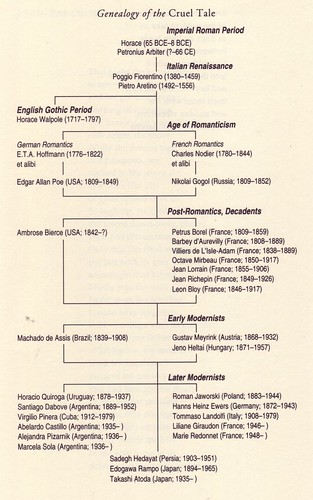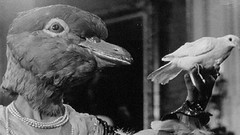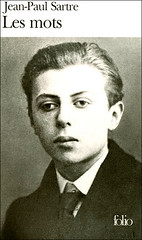While completing my pages on Walerian Borowczyk, I came across the Série rose.
[Youtube=http://www.youtube.com/watch?v=XwHoKL0W_VY]
Trailer for the Série rose, alluding hidden and secret libraries, or, enfers, Giftschränke or remota.
Série rose: Les Chefs d’œuvre de la littérature érotique (literal English: pink series, the masterpieces of erotic literature) is a French television series of 28 episodes of 26 minutes each, produced by Pierre Grimblat and broadcast on French television channel FR3 from November 8 1986 to 1990.
The series consisted of adaptations of libertine fiction from the European literary canon, original authors included Marguerite of Navarre, Comte de Mirabeau, Nicolas Restif de La Bretonne, Anton Chekhov, Chaucer, Guy de Maupassant, Jean de La Fontaine, Théophile Gautier, Daniel Defoe and Aristophanes.
Directors included Belgian director Harry Kumel (Daughters of Darkness), French colleague Michel Boisrond (Cette sacrée gamine) and Polish director Walerian Borowczyk (The Beast). Harry Kumel‘s contributions were separately released as The Secrets Of Love: Three Rakish Tales. Walerian Borowczyk directed four episodes for the series: Almanach des adresses des demoiselles de Paris, Un traitement justifié, Le Lotus d’or, and L’Experte Halima.
Série rose was bought by German and South-American and American television where they were known as Erotisches zur Nacht or Softly from Paris (USA).
Most notable appearance is that of Pedro Almodóvar ensemble cast member Penélope Cruz.
[Youtube=http://www.youtube.com/watch?v=v7dTd2gqijg]














